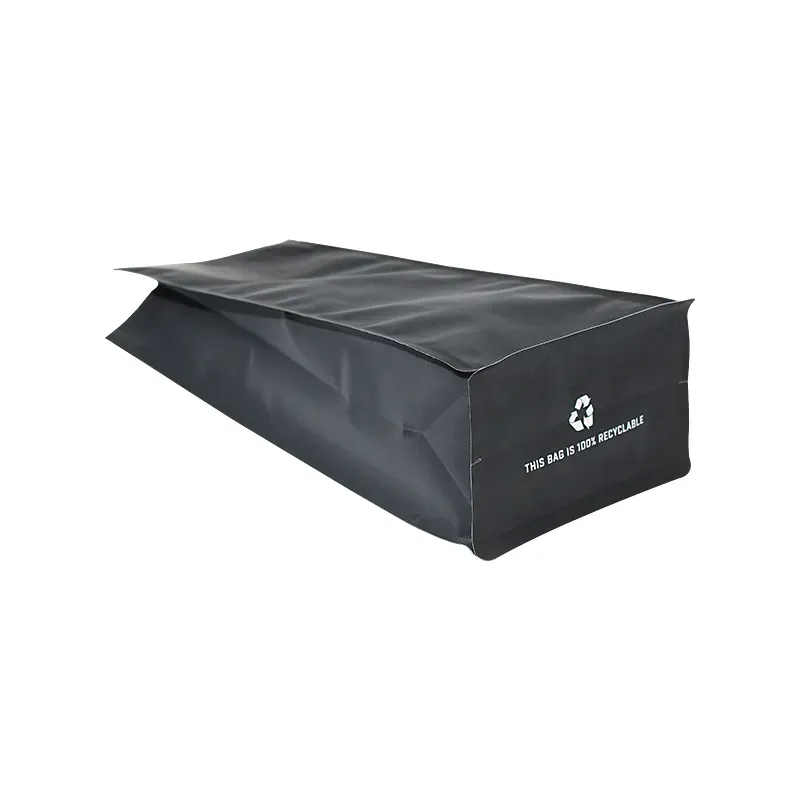- Afrikaans
- Albanian
- Amharic
- Arabic
- Armenian
- Azerbaijani
- Basque
- Belarusian
- Bengali
- Bosnian
- Bulgarian
- Catalan
- Cebuano
- chinese_simplified
- chinese_traditional
- Corsican
- Croatian
- Czech
- Danish
- Dutch
- English
- Esperanto
- Estonian
- Finnish
- French
- Frisian
- Galician
- Georgian
- German
- Greek
- Gujarati
- haitian_creole
- hausa
- hawaiian
- Hebrew
- Hindi
- Miao
- Hungarian
- Icelandic
- igbo
- Indonesian
- irish
- Italian
- Japanese
- Javanese
- Kannada
- kazakh
- Khmer
- Rwandese
- Korean
- Kurdish
- Kyrgyz
- Lao
- Latin
- Latvian
- Lithuanian
- Luxembourgish
- Macedonian
- Malgashi
- Malay
- Malayalam
- Maltese
- Maori
- Marathi
- Mongolian
- Myanmar
- Nepali
- Norwegian
- Norwegian
- Occitan
- Pashto
- Persian
- Polish
- Portuguese
- Punjabi
- Romanian
- Russian
- Samoan
- scottish-gaelic
- Serbian
- Sesotho
- Shona
- Sindhi
- Sinhala
- Slovak
- Slovenian
- Somali
- Spanish
- Sundanese
- Swahili
- Swedish
- Tagalog
- Tajik
- Tamil
- Tatar
- Telugu
- Thai
- Turkish
- Turkmen
- Ukrainian
- Urdu
- Uighur
- Uzbek
- Vietnamese
- Welsh
- Bantu
- Yiddish
- Yoruba
- Zulu
Understanding the Dimensions of a Cube Length, Width, and Height Explained
Exploring the Dimensions of Cubes Length, Width, and Height
When it comes to geometry, few shapes are as intriguing and foundational as the cube. With its equal-length edges and symmetrical features, the cube serves as a fundamental building block in various fields, from mathematics and architecture to art and design. At the heart of understanding a cube are its three essential dimensions length, width, and height. In this article, we will explore these dimensions, their significance, and the various applications of cubes in the real world.
Understanding the Dimensions
Before diving into the applications and implications of cubes, it is essential to clarify what is meant by length, width, and height. In the case of a cube, all six faces are squares, and every edge of the cube is of equal length. Therefore, for a perfect cube, the length, width, and height are always identical. This means that if one were to denote the length of a cube’s edge as 'a', the width and height would also be 'a'.
However, in the broader context of rectangular prisms, length refers to the longest side, width to the shorter side of the base, and height to the vertical dimension. This distinction allows cubes to relate to various rectangular shapes, which can widen the discussion on how we perceive three-dimensional forms.
The Mathematical Perspective
From a mathematical perspective, the properties of cubes are fascinating. The volume of a cube can be calculated using the formula V = a³, where 'a' is the length of an edge. The surface area, on the other hand, can be determined using the formula A = 6a². These formulas reveal how the simple dimension of length completely encapsulates the characteristics of the cube.
Moreover, cubes have unique mathematical properties, such as symmetry and uniformity. These properties not only make cubes aesthetically pleasing but also serve practical purposes; for example, in various engineering fields, cubes are utilized in the design of structures and components, precisely because of their predictable nature.
Applications in Daily Life
length width height cube

Cubes can be found in various forms in our daily lives. From the ice cubes that chill our beverages to the sugar cubes that sweeten our coffee, this three-dimensional shape plays a vital role in the culinary world. Beyond the kitchen, cubes are ubiquitous in architecture and design.
Consider buildings constructed with cube-like designs; they often utilize the benefits of modular construction, where repeating cube structures can simplify both manufacturing and assembly processes. The design allows for flexibility, ease of transport, and efficient use of materials.
In the realm of education, cubes are essential tools in teaching geometry and spatial reasoning. Manipulative cubes help students visualize complex concepts and develop a better understanding of three-dimensional shapes. Interactive learning with cubes fosters creativity, problem-solving skills, and critical thinking in young learners.
The Aesthetic Value of Cubes
Beyond their practical applications, cubes have also made their mark in art and aesthetics. Artists like Sol LeWitt and Donald Judd have employed cubes and cube-like structures in their works to explore themes of space, perception, and minimalism. The simple, clean lines of cubes allow for various interpretations, and the interplay of light and shadow on their surfaces can create dramatic visual effects.
Cube-inspired art can be found in sculpture, installations, and even digital art, signifying a balance between simplicity and complexity. The cube's geometric perfection challenges artists to manipulate perception, inviting viewers to reflect on the relationships between objects, space, and the viewer’s position.
Conclusion
In conclusion, the dimensions of length, width, and height in the context of cubes serve as a springboard into a world of mathematical inquiry, practical application, and artistic exploration. Their consistent and symmetrical nature makes them fundamentally significant in various domains. Whether in geometry lessons, architectural designs, or creative masterpieces, cubes remain a captivating topic that bridges the physical and conceptual realms. As we continue to explore and utilize these three-dimensional wonders, it is evident that understanding the dimensions of cubes is not merely an academic exercise but a journey into the fundamental nature of space and form.













